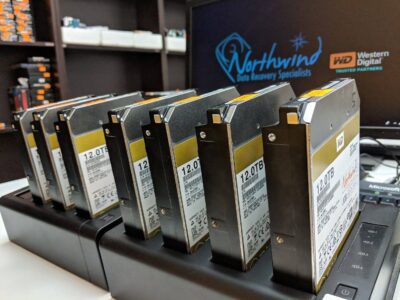A RAID array offers either security or speed, but rarely both.

For example, a RAID 0 array consisting of 3 disks offers high data access speeds but no security at all. Conversely, if one of the 3 disks making up the array fails for any reason, then the entire array collapses, and we have no access to the data.
On the other hand, a RAID 5 array consisting of 4 disks offers the security of one disk. That is, if one disk in the array fails, the array continues to function normally due to the parity.
Therefore, when will a RAID array “fail” depends on its type. We must remember that these arrays consist of hard drives, so the vulnerabilities of those drives are necessarily adopted.
An array will “fail” and stop providing access to the data it contains when:
- When y=x+1 disks in the array fail, where x is the number of disks that the array type tolerates. For example, y=2 for RAID5, and y=3 for RAID 6, etc.
- The controller of the array stops functioning for any reason.
- There is a hardware problem in the system supporting the array (e.g., Server Box).
- There is a software problem in the system supporting the array.
- Human error (e.g., replacing a degraded disk with an incompatible one and forcing a rebuild).
Send us a RAID array now for data recovery, or call us for any further information you need!
(+30 210.3314829 for Athens, +30 2310.402675 for Thessaloniki, or +30 6946.908811 for emergencies)

